23 High-Fiber Foods That Shrink Belly Fat Fast, Experts Say
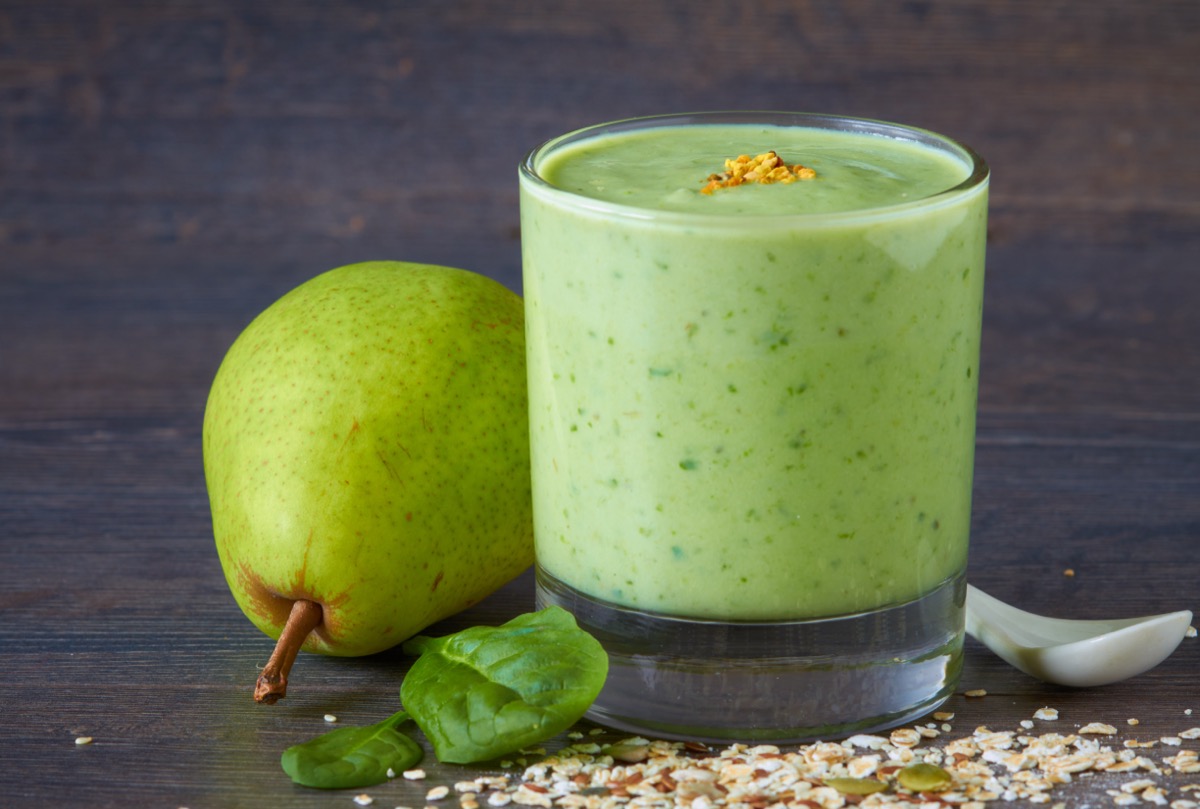
If you're trying to lose weight and blast belly fat, eating a healthy dose of fiber can help. Shrinking your waistline doesn't only feel good, but it's healthier to have a slimmer midsection. While most people know about subcutaneous fat–the fat that you can see and pinch, many don't know about visceral fat, which is located deep in your abdomen. It wraps around your vital organs and can cause serious health issues like some cancers, stroke, type 2 diabetes and more.
A growing belly is the most obvious sign, but oftentimes you don't know it's there. Measuring your waist circumference, body mass index (BMI), and waist-to-hip ratio is the most accurate way to know.
"You may not even know you have visceral fat because you can't feel it or see it," says Dr. Seema Bonney, the founder and medical director of the Anti-Aging & Longevity Center of Philadelphia. "Visceral fat is sinister because it makes inflammatory proteins that damage blood vessels as well as tissues and organs inside the body."
But there's good news. You can get rid of visceral and subcutaneous fat with diet and exercise.
"Diet is at least 80% of the equation when getting rid of visceral fat. Eat a healthy diet with lots of fruits and vegetables of every color," says Dr. Bonney
And consuming more fiber is also a way to combat belly fat. Researchers have found a high-fiber diet reduces visceral fat. While the amount of daily fiber varies depending on age and sex, according to the Federal Drug and Administration, the average adult should consume at least 28 grams a day based on 2,000 daily calories.
If your goal is to get rid of belly, or eat a fiber-rich diet to stay healthy, here are 23 foods nutritional experts Eat This, Not! spoke to recommend. The foods are ranked according to the amount of fiber from lowest to highest.
Flaxseeds
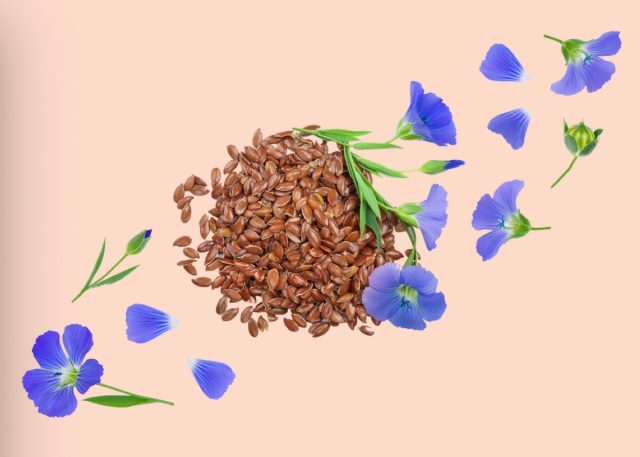
Fiber: 2.8 grams
Flaxseeds are a superfood that was once a trendy thing to talk about on social media, but just because the hype has died down, doesn't mean you should ignore this tiny nutrient-packed seed. According to studies, regular consumption of flaxseed lowers "total cholesterol," and can help prevent the onset of type 2 diabetes and certain cancers. Flaxseeds can also improve digestion and reduce belly fat.
Rene Ficek, RDN and Owner of Seattle Sutton Healthy Eating says, "Flaxseeds are a rich source of soluble fiber and omega-3 fatty acids. The fiber promotes a feeling of fullness, while omega-3s have been linked to reduced inflammation and fat accumulation in the abdominal area."
Prunes
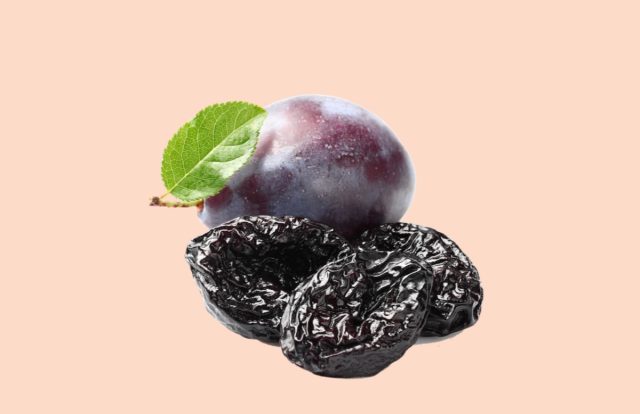
Fiber: 3 g
While prunes have been stereo-typed as the fruit older people eat to regulate their digestion, there's other major health benefits such as supporting strong bone health and improving heart health. Prunes can also help decrease belly fat, so it's time to give prunes a second chance.
"Prunes have a unique combination of nutrients, including soluble and insoluble fiber, sorbitol, polyphenols and prebiotics, that work together to aid digestion and improve the gut microbiome, says Lauren Manaker MS, RDN, LD, Charleston-based registered dietitian.
She explains, "A recent study published in the Journal of Nutrition showed that eating 100 grams of prunes daily may help prevent changes in fat distribution around the central region of the body, especially belly fat. Plus, their naturally sweet flavor is a nutritious way to satisfy sweet cravings!"
Papaya
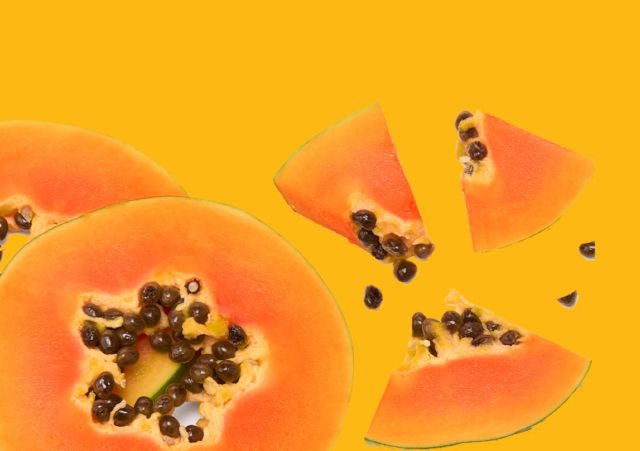
Fiber: 3 grams
Papayas are packed with vitamin C, which supports the immune system and helps fight off infections. The refreshing fruit is also filled with vitamin K, which is essential for calcium absorption and bone health. Plus, papayas can help with pesky belly fat.
Dru Rosales, MS, RD, LD Owner of MindFuel Performance says, "Papaya is a tropical fruit known for its high fiber and antioxidant content. There have been a series of studies in rats that have shown a reduction in inflammation, lipid levels, insulin levels, and adipose tissue. It makes for a great fruit choice to boost fiber and manage weight."
Figs
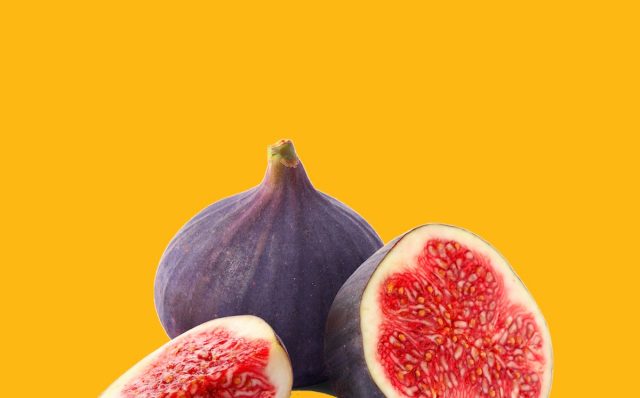
Fiber: 3g
Figs have a sweet and chewy unique flavor that's loaded with nutritional value like potassium and calcium. But figs are also good for fighting belly fat.
Rosales explains, "Fresh figs are chock full of fiber – so much so that they are often used to relieve constipation. We know that soluble fibers are crucial in managing weight, blood sugar and reducing the risk of cardiovascular disease. When you compare figs ounce-for-ounce to other fruits, they rank at the top! Figs are versatile and can be eaten fresh, dried, over cereal or yogurt, or chopped in a salad for a touch of sweetness."
Sweet Potatoes
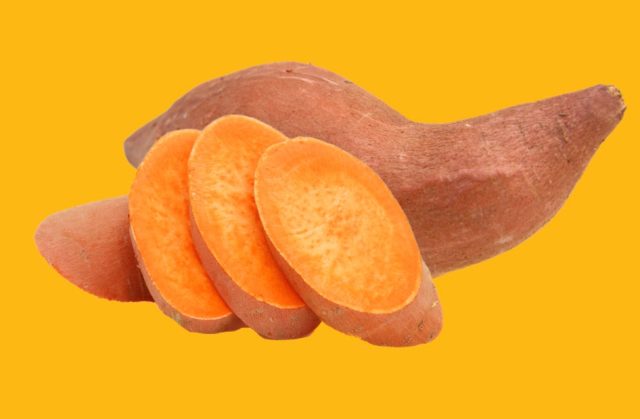
Fiber: 4g
Sweet potatoes are naturally sweet, delicious and healthy.
"Sweet potatoes are rich in both soluble and insoluble fiber, helping add bulk, weight and volume to a meal," says Sarah Schlichter, MPH, RDN of Bucket List Tummy. "Sweet potatoes are also high in anti-inflammatory antioxidants. A 2021 study published in the journal Antioxidants explained that reducing inflammation in the body can help reduce the propensity for fat mass expansion. For best results, pair them with non-starchy vegetables and protein-rich options."
Avocado
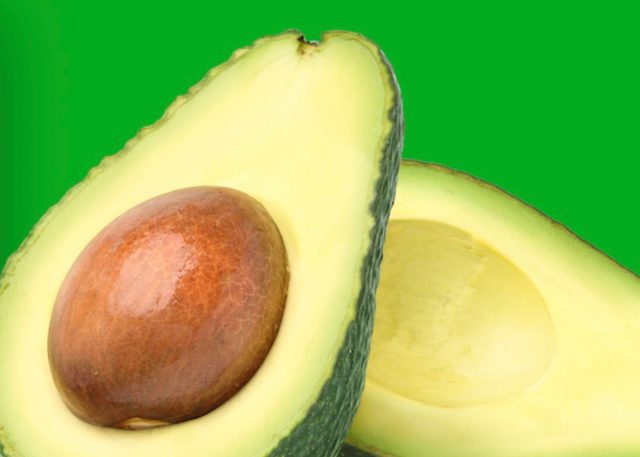
Fiber: 4.5 grams
Besides the love of avocado toast, there's so many reasons to eat avocado–including getting rid of belly fat.
Rosales says, "You likely know that avocados are full of monounsaturated and polyunsaturated fats, or the good fat, but you might be surprised to learn that they are a great source of fiber! Half a large avocado contains about 18% of daily fiber needs for women and 12% of needs for men, according to the 2020-2025 Dietary Guidelines for Americans. This combination of soluble and insoluble fiber aids with feelings of satiety, as well as keeping you regular."
She adds, "One 12-week study that fed participants an avocado a day found that women significantly reduced their visceral, or belly, fat. Another recent publication examined the effects of a Mediterranean diet, which is typically high in avocados, and exercise on overall body composition and visceral fat. The researchers found a significant reduction in both after just 1 year."
Oats
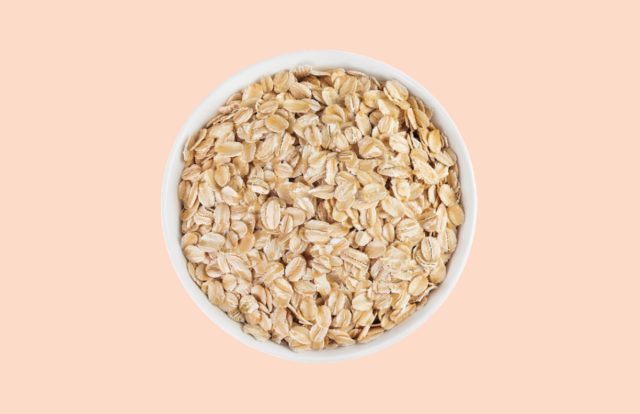
Fiber: 4g
Plain oats that are filled with sugar have many benefits including regulating blood sugar, reducing the risk of heart disease and weight management.
"Oats are rich in soluble fiber, particularly beta-glucan, which helps slow digestion and promote satiety," says Dr. Anand Thakkar, specializing in preventative, personalized medicine, nutrition and a whole-body approach to medical care with Bliss MD.
He explains, "This can reduce overall calorie intake, aiding in belly fat reduction. Additionally, beta-glucan has been shown to support gut health and reduce visceral fat by stabilizing blood sugar levels and improving insulin sensitivity. I've recommended weight loss clients eat plain oats with some light toppings like PB Fit and 10 clients on this plan have seen an average of 6 lbs weight loss in the course of 3 weeks."
Quinoa
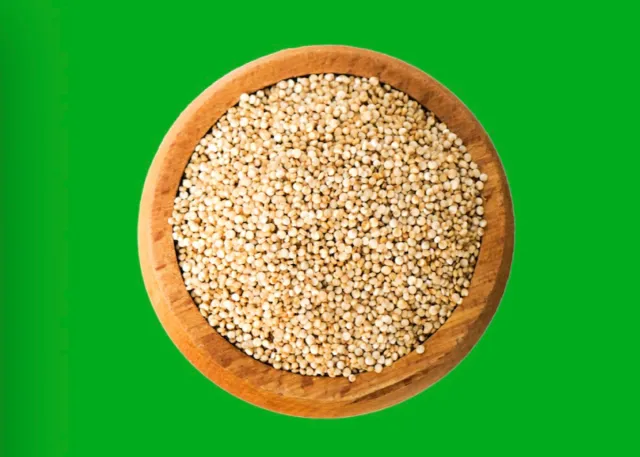
Fiber: 5g
Whether you have quinoa as a side dish or use it as a salad base, the whole grain is packed with nutrients containing all nine essential amino acids. Plus, it's good for getting rid of extra pounds around your waist.
"Quinoa can support weight loss by improving digestion due to its insoluble fiber component. It's also filling and satiating, which can help people reduce their overall caloric intake," says Christine Lauer, a nutritionist at Mochi Health. "It can also stabilize blood sugar levels while curbing cravings and overeating."
Broccoli
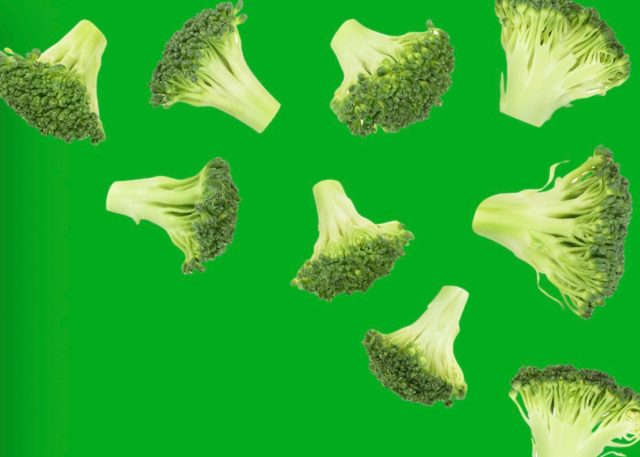
Fiber: 5 grams
If you remember someone telling you to eat broccoli as a child, it was for a good reason. The tiny tree-like vegetables can do everything from lowering your risk of cancer to boosting your immunity. And, they can battle the midsection bulge.
Ficek says, "Broccoli is a cruciferous vegetable high in fiber and low in calories. Its fiber content aids in digestion and promotes satiety, which can help reduce overall calorie intake and belly fat."
Pumpkin Seeds
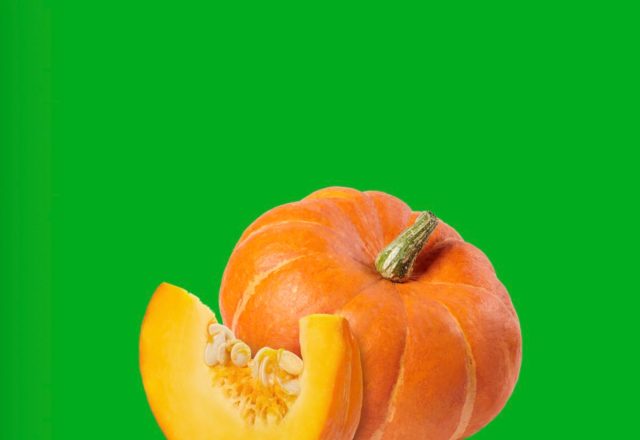
Fiber: 5.3g
Adding pumpkin seeds to your diet is an easy way to improve your overall well-being and lose some weight. Pumpkin seeds can lower your risk of cancer, reduce the risk of diabetes and boost fertility. Plus they help trim your tummy.
Pumpkin Seeds (also might be listed as Pepitas) are a delicious and nutritious snack whether they are roasted and eaten, or added to yogurt, salads, trail mixes, oatmeal, smoothies or ground into a pesto sauce," says Michelle Rauch MSc RDN, Registered Dietitian/Nutritionist for The Actors Fund.
She adds, "They are chock full of nutrition. 5.3g of fiber for just a one ounce serving which benefits digestion, promotes bowel health, and helps to lower cholesterol levels. Furthermore, pumpkin seeds contain all nine essential amino acids making them a rich source of plant-based protein."
Pears
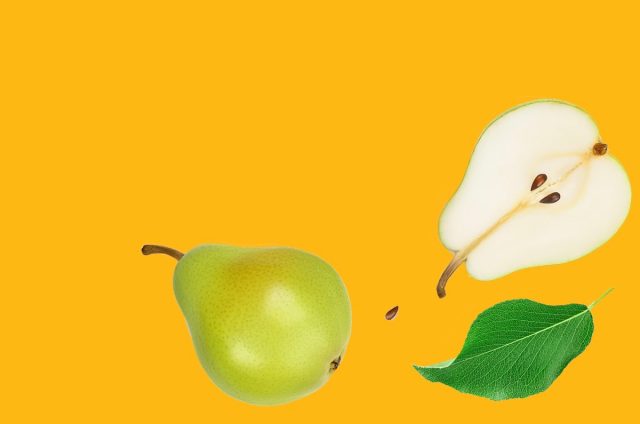
Fiber: 5.5 grams
Known for their sweet, mild, juicy flavor, pears are a satisfying and filling snack that's good to target belly fat.
Rosales explains, "Pears are a great source of fiber, Vitamin C, and potassium. A systematic review of pears demonstrated that they improve gut health and provide antioxidants, which impact inflammatory factors in the body and can reduce adiposity. Pears are a wonderful fruit choice for anyone trying to increase fiber intake and/or manage weight."
Schlichter agrees and adds, "Pears are one of the higher-fiber fruits, offering 6 grams of fiber per serving, as well as a slew of antioxidants and polyphenols. Research on pears has shown that they may help reduce plasma lipids in the body. Their natural sugars, fructose and sorbitol, also help with digestion and normalizing bowel movements. A study published in the journal, Appetite, found that participants who added pears to their daily diets lost weight over time."
Brussels Sprouts
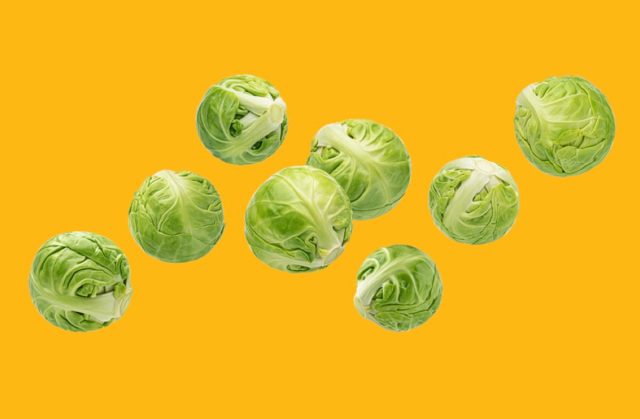
Fiber: 6 grams
Brussels sprouts are a vegetable people love to hate, but when seasoned and cooked to your liking, Brussels sprouts are the side dish you didn't know you needed. Plus, they can help get rid of stubborn belly fat.
Rosales explains, "Brussels sprouts are a good source of soluble fiber, Vitamin K, and folate. A diet high in soluble fiber has been shown to reduce abdominal fat, even without an overall change in BMI. The tiny leafy green vegetable is also rich in antioxidants and Vitamin C which can help reduce overall inflammation in the body."
Whole Wheat Pasta
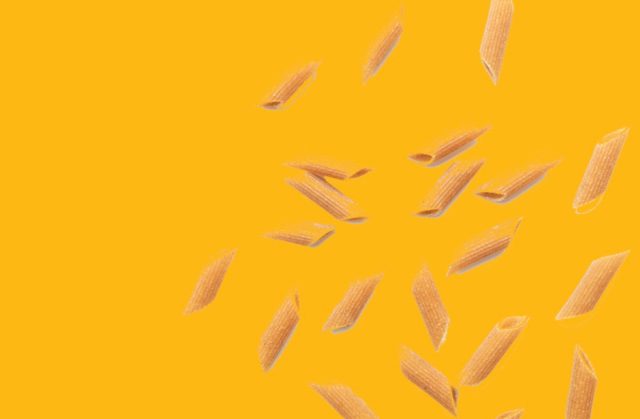
Fiber: 6.2g
Switching to a whole wheat pasta can help eliminate excess pounds.
Schlichter says, "Like other whole grains, whole wheat pasta contains higher amounts of fiber, which can be indigestible and promote gut health and diversity."
She adds, "Whole grains, like whole wheat pasta, also have antioxidants and anti-inflammatory properties that have been shown to reduce markers of inflammation in the body, such as C-Reactive protein and Interleukin-6, especially in those who are overweight."
Tempeh
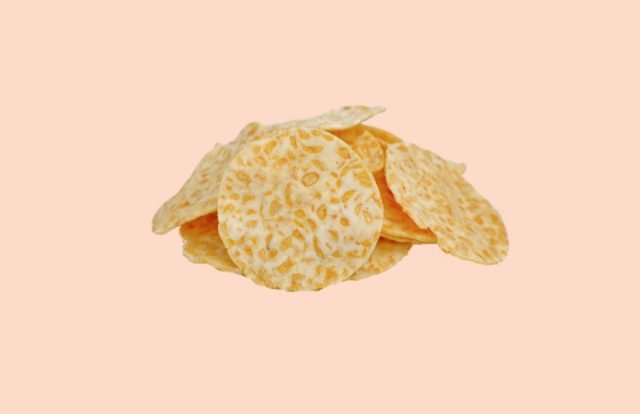
Fiber: 7g
Tempeh could be the meat alternative you've been looking for. It's heart healthy, supports bone health, has 16 grams of protein per serving, so you're full longer and it's delicious. It's a versatile plant-based protein that's great on salads or in stir frys.
Schlichter says, "Tempeh is an excellent plant-based protein that also offers fiber, isoflavones, and several vitamins and minerals and can help support metabolism."
Chickpea Pasta
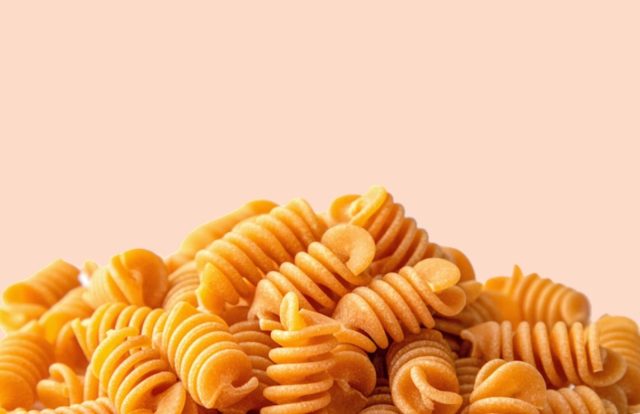
Fiber: 7g
Pasta is the ultimate comfort food, but isn't the healthiest. However, if you swap out white flour pasta for chickpea pasta you can enjoy your dish with the added benefits of weight management guilt-free.
Schlichter says, "Compared to regular pasta, a cup of chickpea pasta provides 7 grams of fiber for under 200 calories, as well as nearly 15 grams of protein to help with blood sugar balance and satiety. This fiber can help contribute to better digestion and more diverse gut bacteria."
Canned Pumpkin
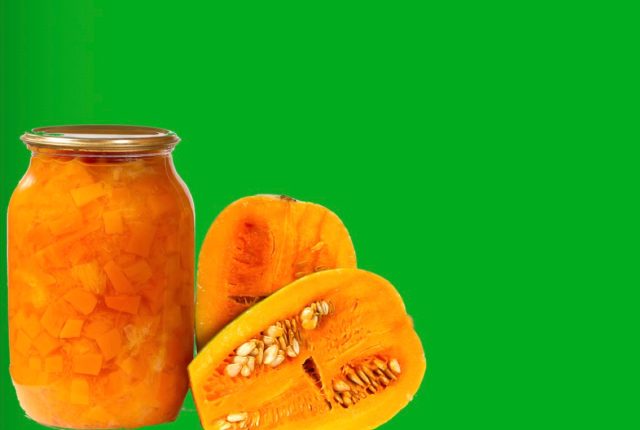
Fiber 7g
Canned pumpkin might be a pantry staple in the fall, but it's good to eat year round and has a ton of benefits such as supporting a healthy immune system, bone and heart health.
Rauch says, "Canned Pumpkin can be used in everything from soups and pasta sauces, as well as a healthier substitution for butter or oil in a baking recipe." But, she emphasizes, Do not confuse pumpkin pie filling with pumpkin puree as they have very different nutritional profiles – pie filling having more calories, carbohydrates, sugar, and added spices. Pumpkin pie filling also has a different texture. Pumpkin puree is a smoother mixture whereas the Pumpkin Pie filling is a pudding-like consistency."
Rauch explains, "Pumpkin puree is an excellent source of fiber containing approximately 7g on average per cup. Fiber helps promote bowel health, improves digestion, and increases satiety."
She adds, "Pumpkin puree is also an excellent source of Vitamin A – (~200% of Recommended Daily Allowance in just one cup). Vitamin A is essential for promoting eye health and vision. It also boosts antioxidants including Beta-Carotene, which can help protect the body against damage from free radicals and reduce the risk of chronic diseases."
Black Beans
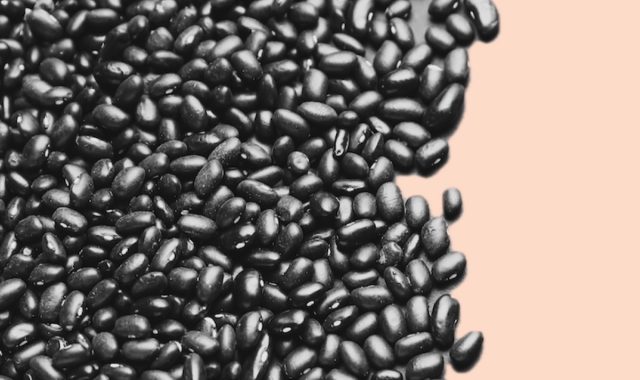
Fiber: 7.5 grams
Whether it's taco night, or you making veggie burgers, there's countless ways to incorporate black beans into your diet to help fight belly fat.
Ficek explains, "Black beans are rich in soluble fiber and protein, both promote satiety and help regulate appetite. Including them in meals can support weight loss and reduce abdominal fat."
Rauch adds, "Black beans are an excellent choice to add to dishes to boost fiber content. The combination of fiber and protein (15.2g per cup) can help promote satiety and reduce overeating. Not only can they be added to soups, stews, and salads, pureed black beans can be used in baked goods in lieu of oil or butter."
Lentils
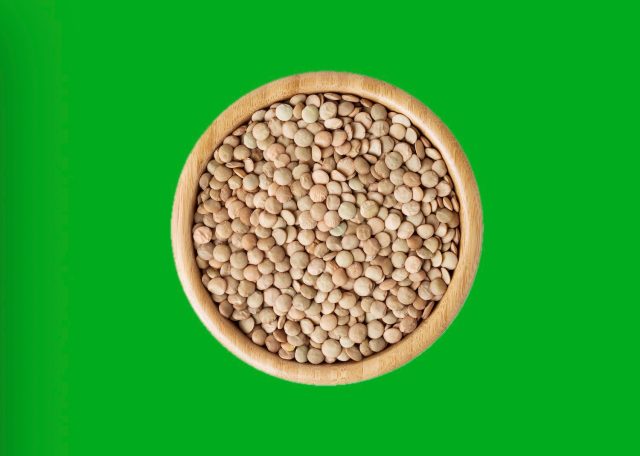
Fiber: 8g
Lentils are the foundation of enticing recipes and are packed with nutrition. "Lentils are packed with both soluble and insoluble fiber, which support digestion and help regulate appetite by keeping you full for longer," says Dr. Thakkar. "Their high protein content also aids in muscle maintenance, which can boost metabolism and assist in fat loss, particularly around the midsection. Lentils are great for vegetarians and people looking to lose weight while eating a higher protein diet."
Shelled Edamame
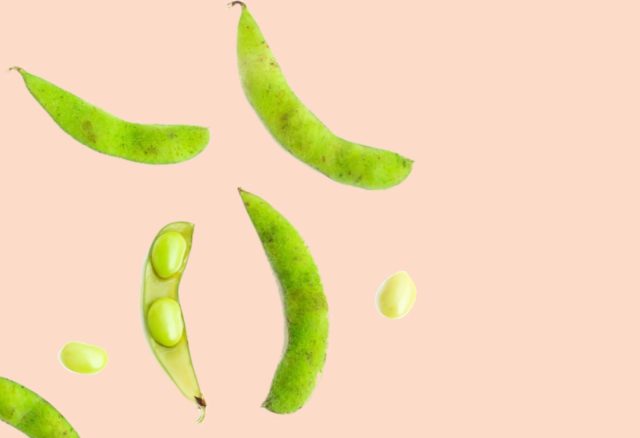
Fiber: 8g
You don't need to go out for sushi to reap the benefits of edamame. Grab a bag at the store and enjoy a tasty, healthy snack.
"Edamame is a fabulous one ingredient snack with a balance of protein, carbohydrates, unsaturated fat, and fiber to assist with managing hunger and blood sugar," says Lauren Harris-Pincus, MS, RDN, founder of NutritionStarringYOU.com and author of The Everything Easy Pre-Diabetes Cookbook ." While no specific food can burn belly fat directly, eating meals and snacks with protein, fiber, and healthy fats can help to decrease overall caloric intake to support weight loss and reduce belly fat."
Raspberries
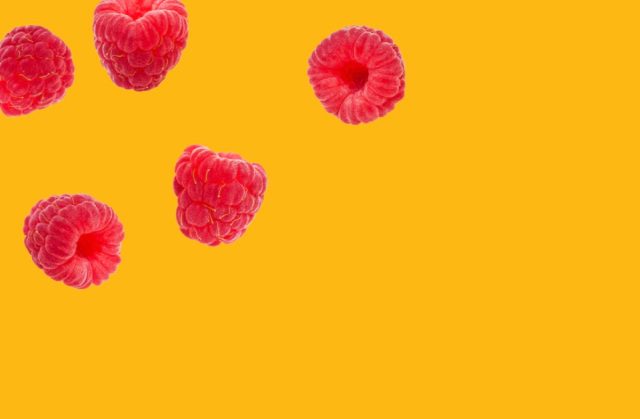
Fiber: 8 grams
Whether you eat them alone or top off Greek yogurt or cottage cheese, raspberries are an easy way to reduce your midsection.
Ficek explains, "Raspberries are high in dietary fiber and low in calories, making them an excellent choice for weight management. The fiber content aids in digestion and helps maintain steady blood sugar levels."
Chia Seeds
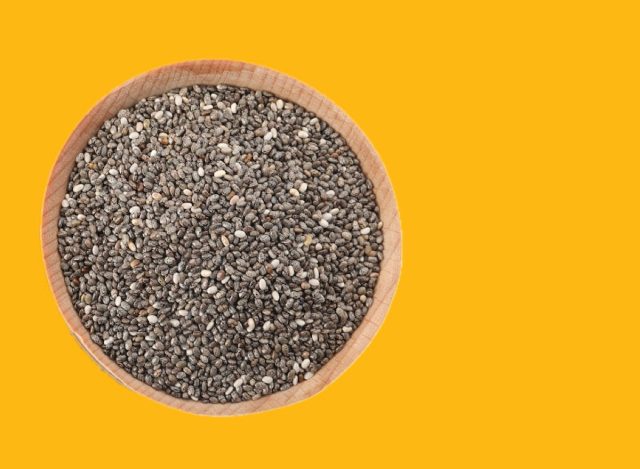
Fiber: 10g
The magic of chia seeds is not to be overlooked. Loaded with protein, omega-3 fatty acids and fiber, chia seeds pack a powerful nutritional punch.
According to Lauer, "Chia seeds are 35% fiber by weight, making them an easy way to increase fiber intake. In addition to fiber, chia seeds provide protein, omega-3 fatty acids, and various micronutrients, all of which can help reduce hunger."
She says, "A 2017 randomized cross-over study suggests that adding chia seeds to meals may enhance satiety and reduce calorie intake at subsequent meals, potentially supporting weight management. Additionally, a 2023 systematic evaluation of randomized controlled trials found that chia seed consumption, when included as part of a reduced-calorie diet, was associated with significant weight loss, whereas chia intake alone had minimal impact on weight. While current research highlights chia's potential benefits for appetite regulation and weight management, further studies are needed to explore its long-term effects on body composition and overall health."
Drained Canned White Beans
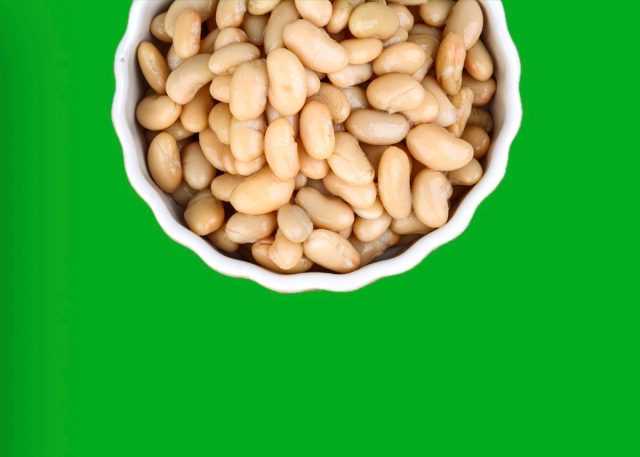
Fiber: 13g
White beans have a mild but creamy flavor that can easily be included in a wide variety of meals like salads, stews and dips. They're delicious and healthy.
Harris-Pincus says, "Beans, a naturally rich source of dietary fiber, help promote digestive health and support weight management and weight loss. "White beans are a nutrient-dense versatile food to add plant-based protein and fiber to any meal or snack. Blend into a smoothie, mash some into tuna salad, or puree some to make a soup creamy without the cream.
Boiled Split Peas
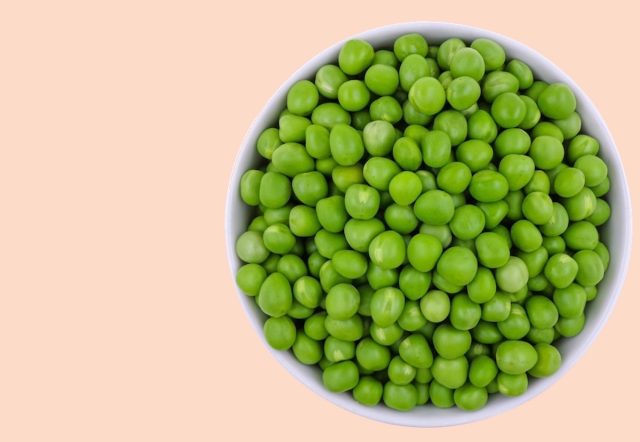
Fiber: 16g
The No. 1 high fiber food to eat when trying to lose belly fat is boiled split peas, which can be eaten several ways. After fully cooked, split peas are ideal for hummus, curries, falafel, soups, stews, salads and more.
Lauer says, "Split peas have a low glycemic index, meaning they promote stable energy levels and prevent blood sugar spikes that might lead to blood sugar crashes – and more snacks – later. One serving is only ~230 calories, but is high in both fiber and protein, keeping you fuller for longer without requiring higher calorie intake."









